-
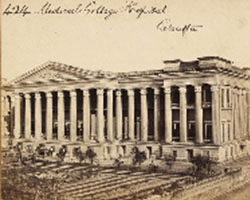
1942
First blood bank was established in Kolkata in 1942 at the All India Institute of Hygiene and Public Health to meet war needs. It was later shifted to Kolkata Medical College in 1945.
-

1952
Drs. Y.M. Bhende, C.K. Deshpande and H.M. Bhatia of the Seth Gordhandas Sunderdas Medical College, Mumbai published a note in The Lancet (pp. 903-4, May 3, 1952) about two patients who needed blood transfusion. None of the blood types known until then worked for them. The moment their blood samples were mixed with any of the A, B, O, AB types, the blood coagulated or clumped up. The doctor trio tried the blood of over 160 donors and found at last that one from a resident of Bombay, suited the type of both patients. This donor blood type was then named as the 'Bombay Blood Type.' Technically it is now termed the (hh) type of blood.
-

1957
The Blood Group Reference Center was started in Mumbai as an Indian Council of Medical Research (ICMR) initiative, which has now been transformed to the National Institute of Immunohematology (NIIH) in 1982.
-
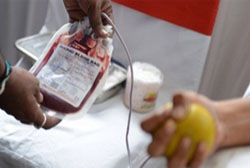
1975
National Voluntary Blood Donation Day celebrated in India at 1st of October to share the need and importance of the blood in the life of an individual. It was first started celebrating on 1st of October in the year 1975 through the Indian Society of Blood Transfusion and Immunohaematology.
-
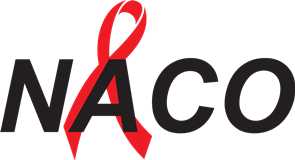
1986
First case of HIV was detected in India. One of the responses initiated by GoI was mandating screening of all Blood & Blood products for HIV.
-
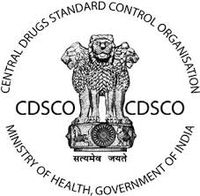
1987
Blood Safety Program in India began to take shape with the establishment of the National AIDS Control Organization (NACO). NACO was set up in the Directorate of Health Services, Ministry of Health and Family Welfare, Government of India, with three major components: (i) surveillance, (ii) health education and information, and (iii) screening of blood and blood products.
-

1992
The Drug Controller General, India (DCG-I) was vested with the power of Central License Approving Authority to approve license of notified drugs viz. blood and blood products. The licensing of blood banks was brought under the dual authority of the state and central government. The state licensing authority issues the license, while DCG-I is the central license approving authority.
A writ petition was filed in the Supreme Court of India, against the Union of India and others to address the deficiencies and shortcomings in the collection, storage, and supply of blood in the country.
-
1996
The Supreme Court of India passed an order in Common Cause v/s Union of India and others directing the government to improve blood transfusion services.
The National and State Blood Transfusion Councils (NBTC and SBTC) were created to develop policies and programs for blood transfusion services.
-
1992-99 (NACP I)
NACO launched a scheme to modernize blood banks by providing government assistance to states to upgrade and provide minimum facilities to blood banks in the public sector, as well as those run by charitable organizations.
-
1994
NACO constituted a Technical Resource Group (TRG) on Blood Safety. TRG deliberates the best practices in the clinical use of blood and issues National Guidelines on the rational use of blood and blood products.
-
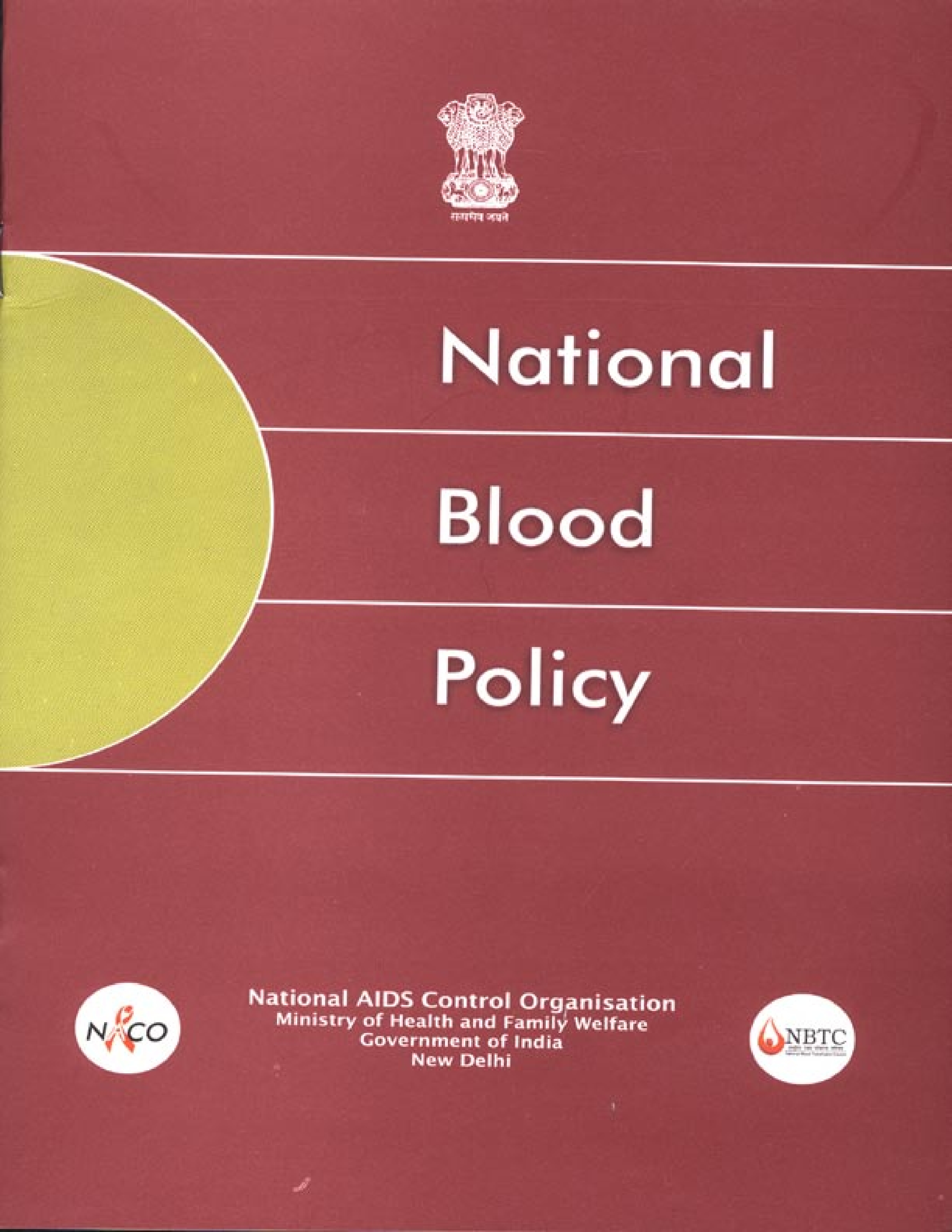
1999-2004 (NACP II)
The Blood Safety Program initiated in NACP I was considerably strengthened in NACP II with modernizing more blood banks, establishing Model Blood Banks and setting up Blood Storage Centres in rural areas where it may be unfeasible to establish full-fledged blood banks.
-
2002
The Government of India adopted the National Blood Policy in 2002 which aims at ensuring easy accessibility and adequate supply of safe and quality blood and blood components collected from Voluntary and non-remunerated blood donors.
» Training of Blood Bank personnel » National Plasma Policy » Guidelines for Blood Banks » Guidelines on Uniform Processing Charges for Blood and Blood Components